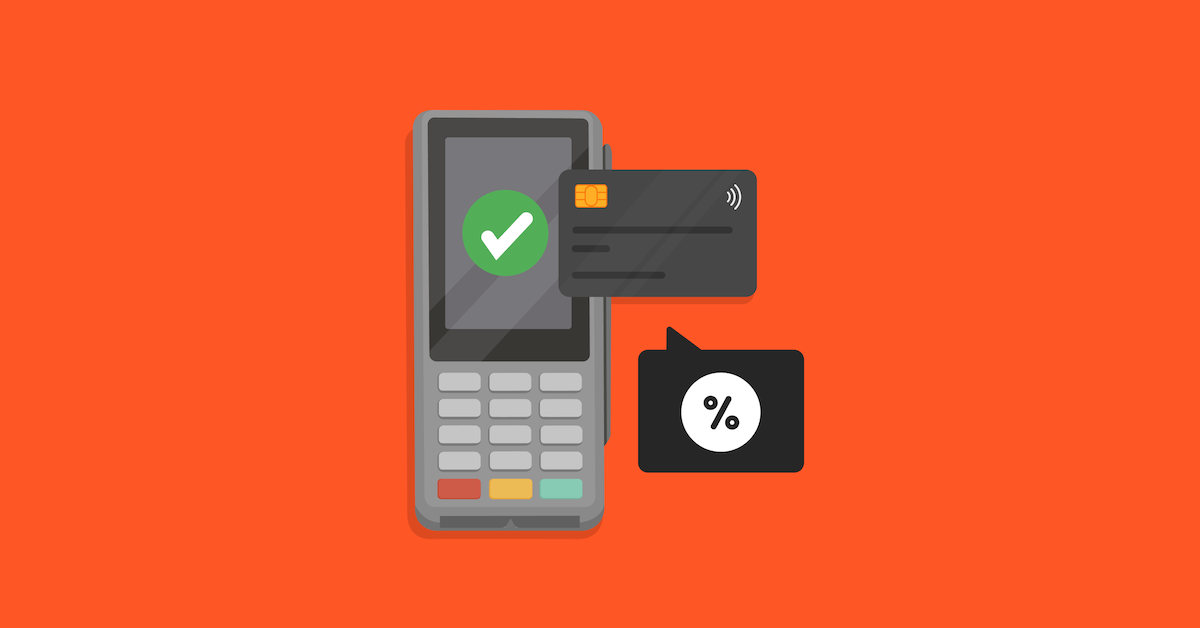
The world of credit card surcharges and card payments can be tricky to navigate – especially if you’re a first-time business owner. There are strict guidelines that businesses have to follow if they want to charge a credit card surcharge, and it’s essential to understand the ins and outs of the current regulations to remain compliant.
We’ve compiled all the necessary information you’ll need to charge a credit card surcharge – from outlining common merchant fees to breaking down the ACCC guidelines for excessive surcharges.
In this guide, we’ll answer four main questions:
- What is a credit card surcharge?
- What the law says: is a credit card surcharge legal?
- Credit card surcharge: what are your options?
- Should you charge a credit card surcharge?
5 Tips to Manage Public Holiday Costs in Your Venue
Discover five simple and effective ways to grow margins and balance the higher costs of operating on public holidays in this free guide
What is a credit card surcharge?
A credit card surcharge is an additional fee that some businesses opt to charge their customers when they pay with a credit or debit card via an EFTPOS terminal.
Every EFTPOS transaction costs your business money – from merchant fees to renting and maintaining your terminal. Each purchase made via an EFTPOS terminal incurs a fee from your bank or merchant provider – usually a percentage of the total transaction value. It’s also common to rent EFTPOS terminals directly from your provider, and this costs an average of $25 per month, per terminal.
To help cover these costs, many businesses opt to pass these expenses onto their customers with a credit card surcharge.
Merchant fees vs credit card surcharge: what’s the difference?
Merchant fees are the fees charged by your bank or provider to your business for processing card transactions. This is usually a percentage of the transaction amount; however, prices can vary and credit cards often incur higher merchant fees than debit cards.
On average, the most popular card types in Australia charge the following merchant fees:
- Visa and Mastercard – 1.5%
- Visa debit – 1.5%
- American Express – 2.6%
On the other hand, a credit card surcharge is a fee that your business can pass on to the customer to cover your merchant fee costs.
Why do businesses charge a credit card surcharge?
The number of cash transactions has been steadily declining year on year in Australia. Our data shows that in October 2021, only 15% of transactions were made in cash in Lightspeed venues. As a result, businesses are processing considerably more card transactions than they did a few years ago, which means they also have to pay more merchant fees.
To help cover the increasing merchant fees necessary to process card payments, many businesses opt to pass this cost onto their customers with a credit card surcharge.
Unsurprisingly, credit card surcharges aren’t always a hit with customers, so some businesses choose to forego charging this fee and factor the extra costs into their pricing instead.

What the law says: is a credit card surcharge legal?
Credit card surcharges are legal; however, the ACCC has laid out clear guidelines for businesses to follow. If a company fails to comply with the rules, it can face a hefty fine, and in some cases, business owners can face community service and probation orders.
How to remain compliant
While credit card surcharges are permitted, businesses owners need to understand the rules around charging excessive surcharges to remain compliant and avoid punishment.
Payment surcharge rules in Australia only allow businesses to recoup the costs of accepting certain payment methods. While the ACCC doesn’t specify an amount or percentage, they make it clear that any charge should only cover the cost incurred by the business.
The most common cost that a credit card surcharge can cover is the merchant fee. However, there are several other costs associated with card transactions that can also be covered by a surcharge. These include:
- Rental or maintenance fees for your card terminals
- Fraud prevention services
- Payment service provider gateway fees
- Gateway fees paid to a payment service provider
- Other costs, such as fraud-related chargeback fees
If your business opts to cover these costs with a credit card surcharge, you must prove how these costs are related to certain types of card transactions made in your venue. The best way to do this is by saving any relevant payment contracts and invoices to use as evidence if needed.
What is an excessive surcharge amount?
A surcharge is deemed to be excessive if your business recoups more from the customer than you’re paying to facilitate the transaction.
Let’s say a business charges a flat 50c surcharge for card payments under $10. If a customer purchases a drink for $4 with their debit card, the 50c fee is equal to a 12.5% surcharge. If their merchant fees for debit card transactions are only 1%, then the 50c surcharge would be deemed excessive, as it’s costing the business much less to accept the transaction.
What payment types are included?
There are several payment types that are governed by the ACCC’s payment surcharge regulations, these include:
- Eftpos (debit and prepaid)
- MasterCard (credit, debit and prepaid)
- Visa (credit, debit and prepaid)
- American Express “companion cards” (American Express cards issued through an Australian financial service provider, rather than directly through American Express).
Payments that are made with BPAY, PayPal, Diners Club cards, UnionPay, American Express cards issued directly by American Express, cash and cheques are not subject to the current regulations.

Credit card surcharge: what are your options?
If you’re planning to implement a credit card surcharge in your venue, there are two main ways to do this – either a flat fee or a percentage charge.
1. Flat fee
We touched on charging a flat fee earlier and while it is legal to charge a flat fee as a surcharge, businesses should be cautious when doing so, as small transaction values with a flat fee surcharge are likely to be excessive.
If your bank charges a flat fee per transaction, rather than a percentage, then it’s acceptable to pass that same fee onto the customer.
2. Percentage charge
The most common practice for a credit card surcharge is charging a percentage amount that is reflective of the merchant fee percentage. If you choose this option, then the most compliant way to implement this is by charging separate percentage fees per card type.
Let’s say a business accepts Visa debit, Mastercard and Amex and their merchant fees are 1%, 1.5% and 2.6% respectively. This would mean they’d have to implement three separate credit card surcharges that reflect each card type and merchant fee.
Another option is to charge a flat percentage, but this would have to reflect the lowest percentage merchant fee e.g. 1% for Visa debit, as in the example above. If a higher percentage was chosen, say 2%, this fee would be considered excessive when people paid with either Visa debit or Mastercard.
Tip: you should review your credit card surcharge amount every 12 months to ensure that it’s still in line with any costs related to your card payment processing.
Minimum transaction value for card payments
If you’re wary of charging a surcharge for card payments in your venue, another option is to set a minimum transaction value for EFTPOS payments. Businesses aren’t required to offer card payments as a payment option, so business owners are free to decide what transaction value is reasonable for an EFTPOS payment.
For example, you’ll often see small businesses only accepting card payments over $10. It’s also common for businesses to also charge a flat fee, say 50c, if the minimum $10 transaction value hasn’t been met. In this scenario, business owners should be extremely cautious as this fee would be considered a surcharge and would be deemed excessive, therefore violating the payment surcharge regulations.
Should you charge a credit card surcharge?
With cash payments on the decline, merchant fees to process card payments are a growing expense for hospitality businesses. As a result, an increasing number of businesses opt for a credit card surcharge to cover these costs. This can be easily set up through your POS system However, there are also plenty of businesses that don’t charge this fee and massage the additional costs into their menu prices.
There’s no right or wrong answer when it comes to charging a credit card surcharge and the decision is really up to you and how you think it’ll benefit your business. Before rolling out a credit card surcharge, however, it’s important to weigh up the pros and cons and consider how it will impact your customers and your bottom line.
Looking for a payment provider for your business?
Lightspeed Payments is purpose-built for your hospitality environment — fast, secure and supported 24/7 by an expert team who are committed to your success.

News you care about. Tips you can use.
Everything your business needs to grow, delivered straight to your inbox.


